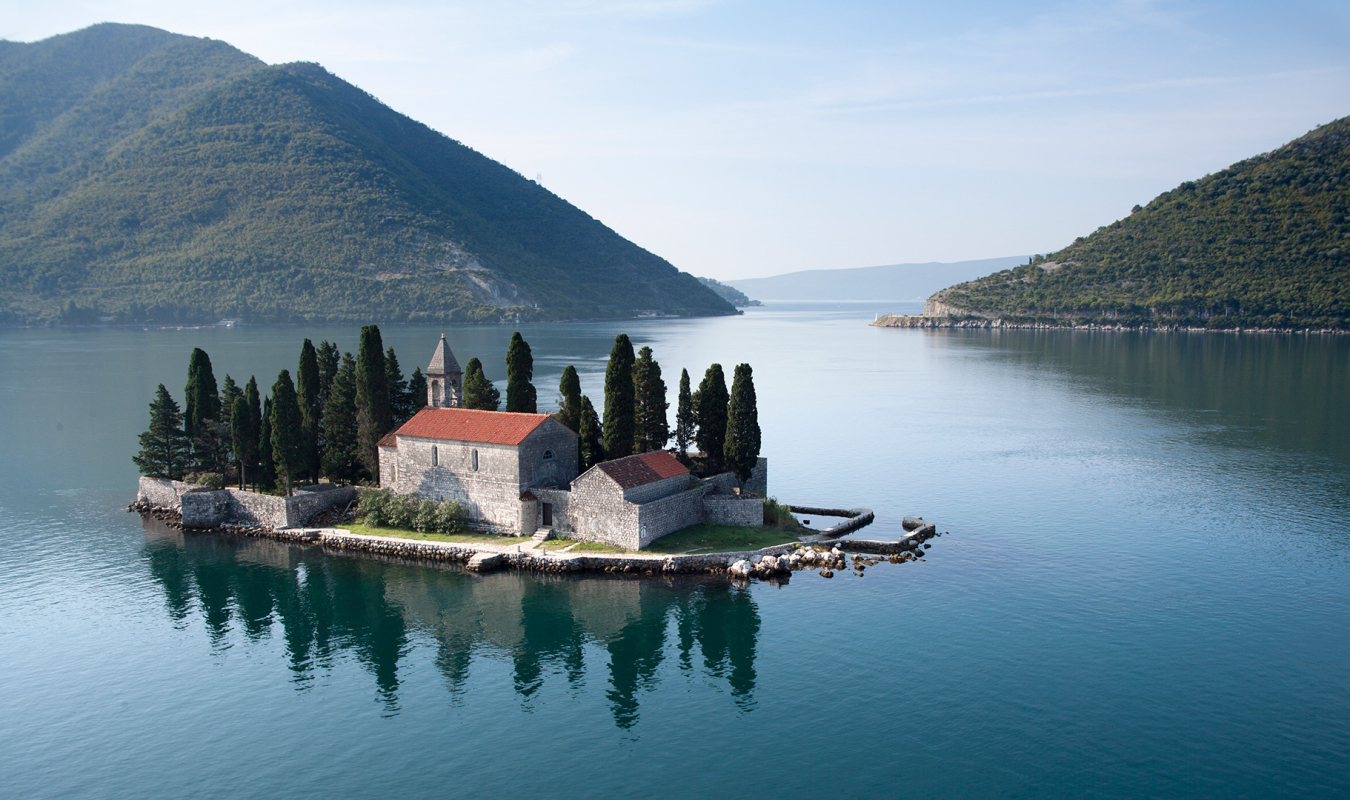
Ostrog Monastery is a monastery of the Serbian Orthodox Church located along an almost vertical cliff, high on the mountain Ostroška greda in Montenegro. It is dedicated to Saint Basil of Ostrog. Ostrog Monastery consists of Upper and Lower Monasteries. It is located in the area of Bjelopavlići, belongs to the municipality of Danilovgrad and is located in a vertical rock, which offers a view of the plain of Bjelopavlići. It was founded by the Herzegovinian Metropolitan Vasilije in the 17th century, who was buried there, and was later canonized. He is a Miracle Worker Saint. His body rests in life in a cave church. Ostrog Monastery is one of the most visited in Southeast Europe. Beli...
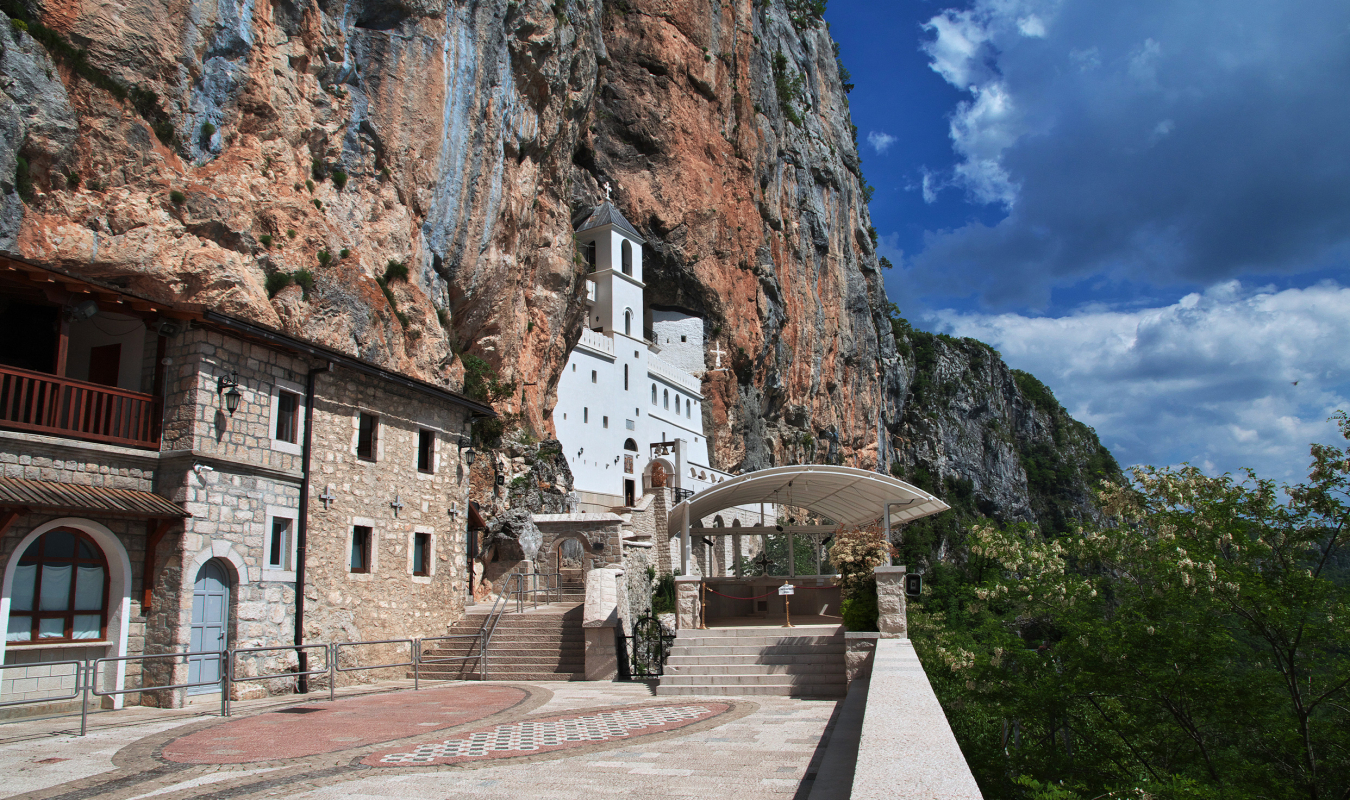
Our Lady of Skrpjelo, the island in front of Perast is an artificial island made at the end of the 15th century where, at least according to tradition, the Moršić brothers found a picture of Our Lady on a cliff in Risan Bay on July 22, so in 1452 the people of Perast decided to build Orthodox the temple of the Mother of God. Stones were thrown around the cliffs and a small chapel was built. Then, in Fašinada, a traditional custom, they poured stones for centuries, sank dilapidated boats and Turkish ships, so that over time the surface of the island expanded more and more. Today it has about three thousand square meters and on it is the church of Our Lady of Skrpjelo.
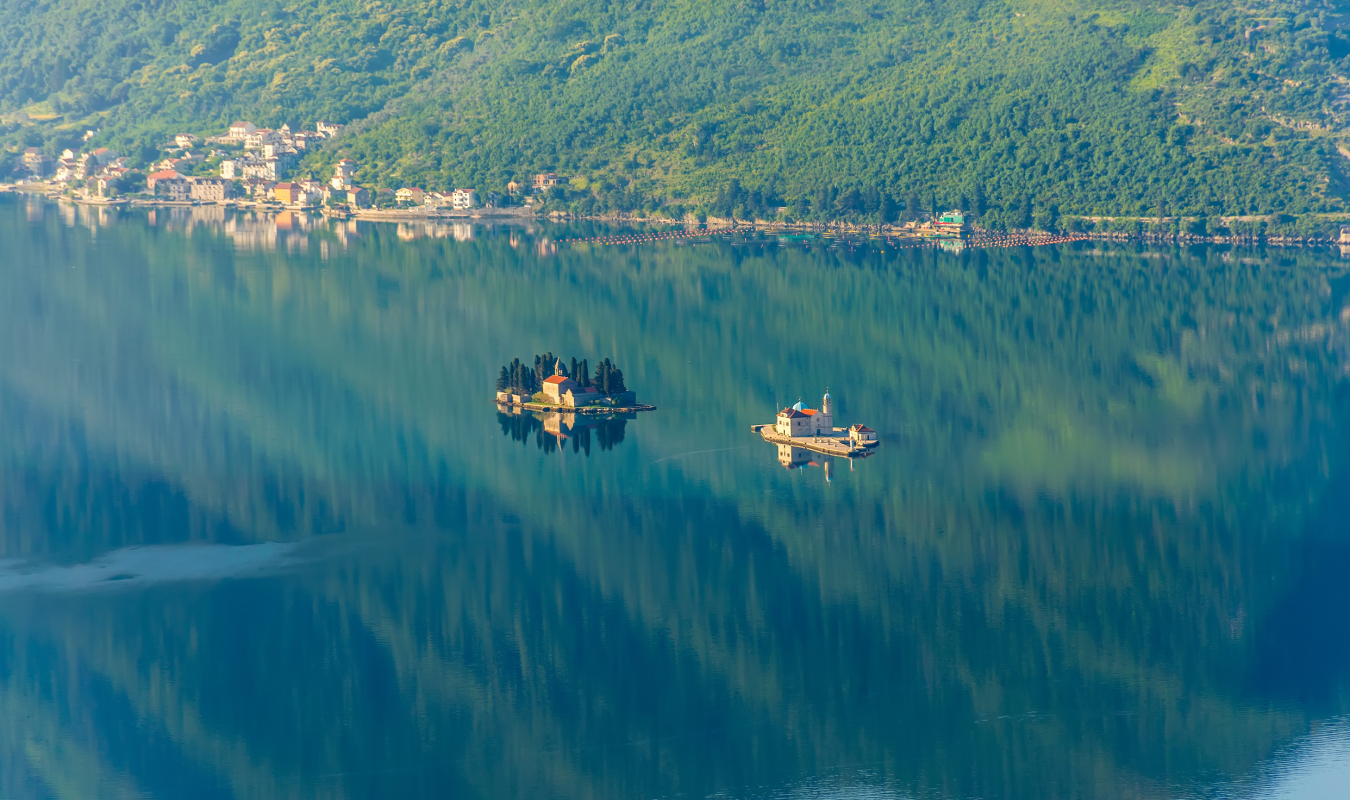
Sveti Stefan is a small suburban heritage on an island along the coast. The island was built at the end of the 15th century. According to the legend, it was built by the locals Paštrovići with the treasure conquered after the victory over the Turkish galleys near the beach Jaz. There are four churches on the island, two of which are dedicated to St. Alexander Nevsky. In 1955 the city was transformed into a unique city hotel. The hotel was reconstructed today and is leased by the famous company Aman Resorts. Since its founding, the city hotel Sveti Stefan has been a vacation spot for the most famous people in the world of show business, so we can say that the city hotel Sveti Stefan is a pi...
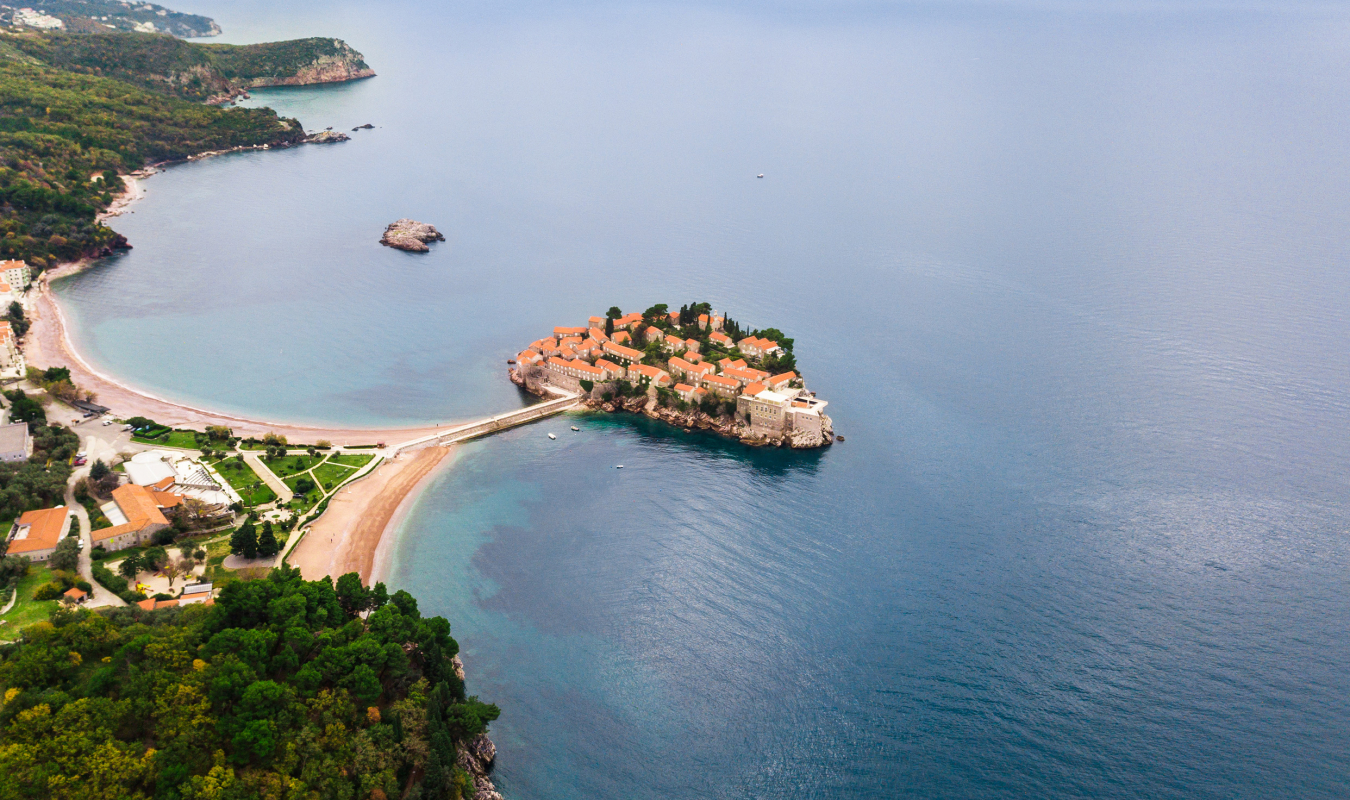
The Old Town of Bar (lat. Antibaris) is a fortress that was the center of Bar for centuries, until the town moved lower, into the field. Today it is abandoned and is in ruins. The Old Town is one of the largest archaeological sites in the world. Other monuments of this kind differ due to their unique position and richness of cultural heritage. Its streets are guides through the centuries, from the Greek colonies to the Middle Ages, the rule of Venice, the Turkish period and all the way to the new era. During the last archeological excavations, pottery was discovered from before the new era, when these places were inhabited by Illyrians. These findings prove that the foundations of the Old To...
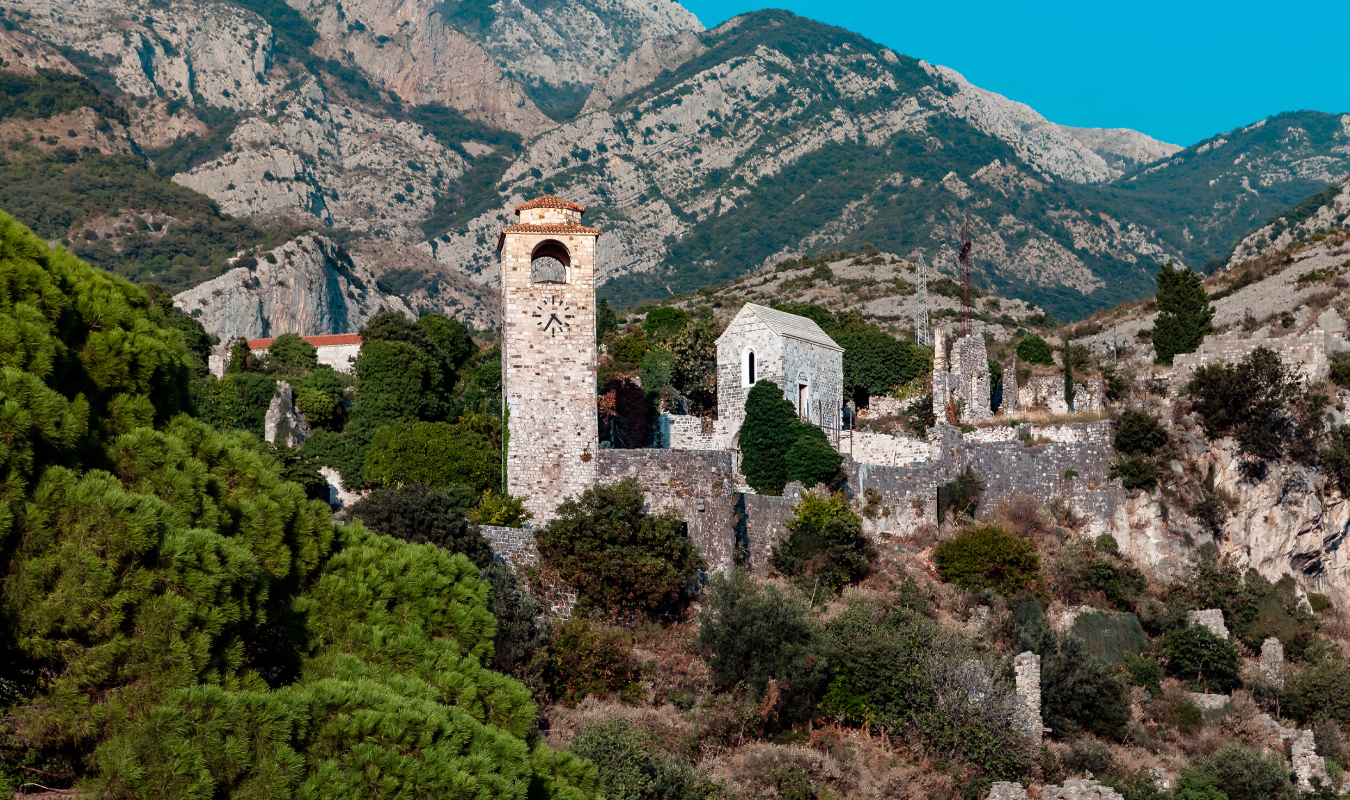
Njegoš's mausoleum is located in the Lovćen National Park, on Jezerski vrh (1,657 m), the second highest peak of the Lovćen mountain. It is dedicated to Peter II Petrovic Njegos. It was built according to the idea of the Croatian sculptor Ivan Meštrović. From Cetinje to the mausoleum there is an asphalt road in the length of 21 km. A staircase with 461 steps leads to the mausoleum, which passes through a tunnel broken into the Lovćen massif. The old chapel, Njegoš's votive church, was located on Jezerski vrh, on the mountain Lovćen. The church-chapel, dedicated to St. Peter of Cetinje, was built according to his idea by Petar II Petrović Njegoš, in 1845, with the wish that he...
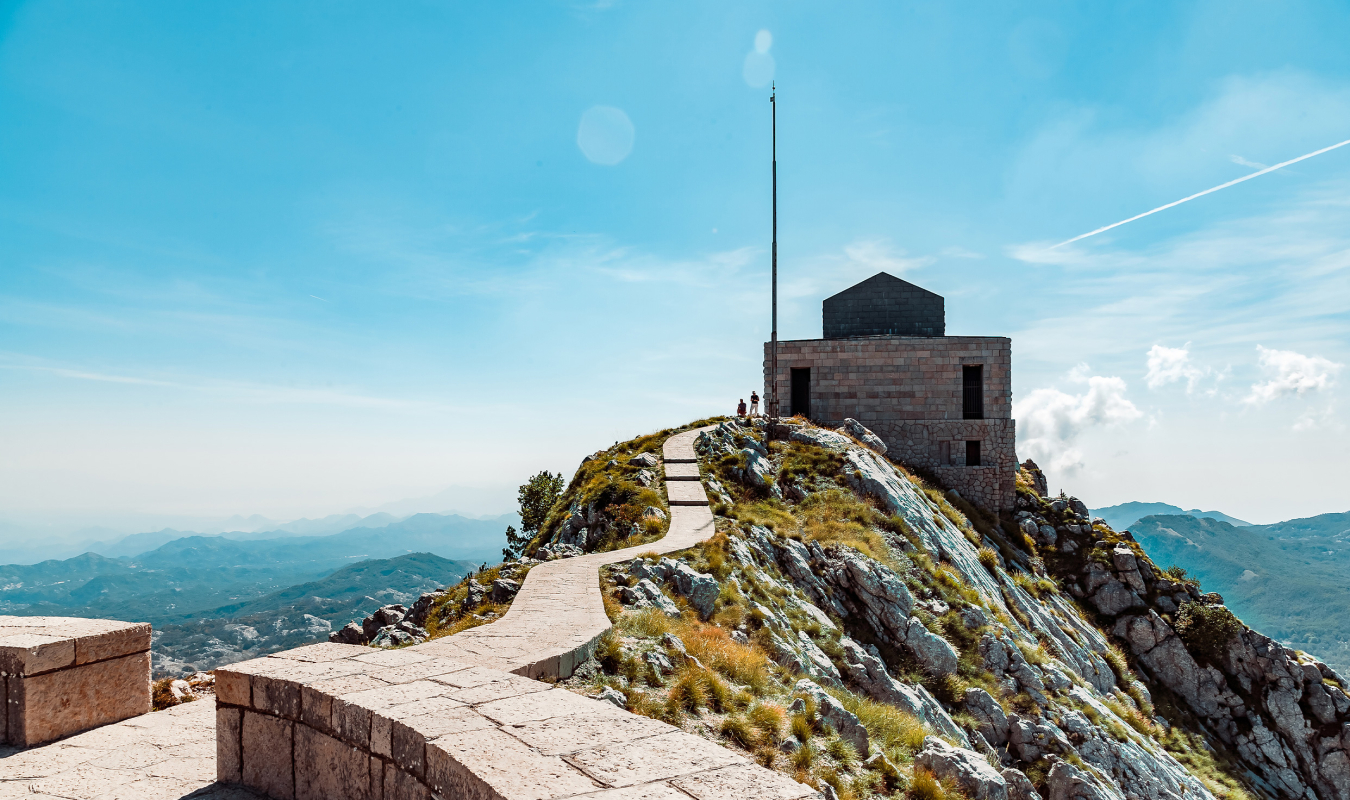
Biogradska gora National Park was founded in 1952. Located in the area of northeastern Montenegro, between the rivers Lim and Morača, in the central part of the mountain Bjelasica, it covers an area of 5,650 hectares. Bordered by mountain heights, intersected by streams and coves, decorated with beautiful lakes, adorned with centuries-old forests and gentle meadows, it is a magnificent gift of nature. There are features of all places, landscapes, regions, something like a matrix; in a narrower sense related to the cities by which we recognize them; or that unfathomable magic of perfect harmony of nature which is necessarily accompanied by mysterious creations. So, if we find our...
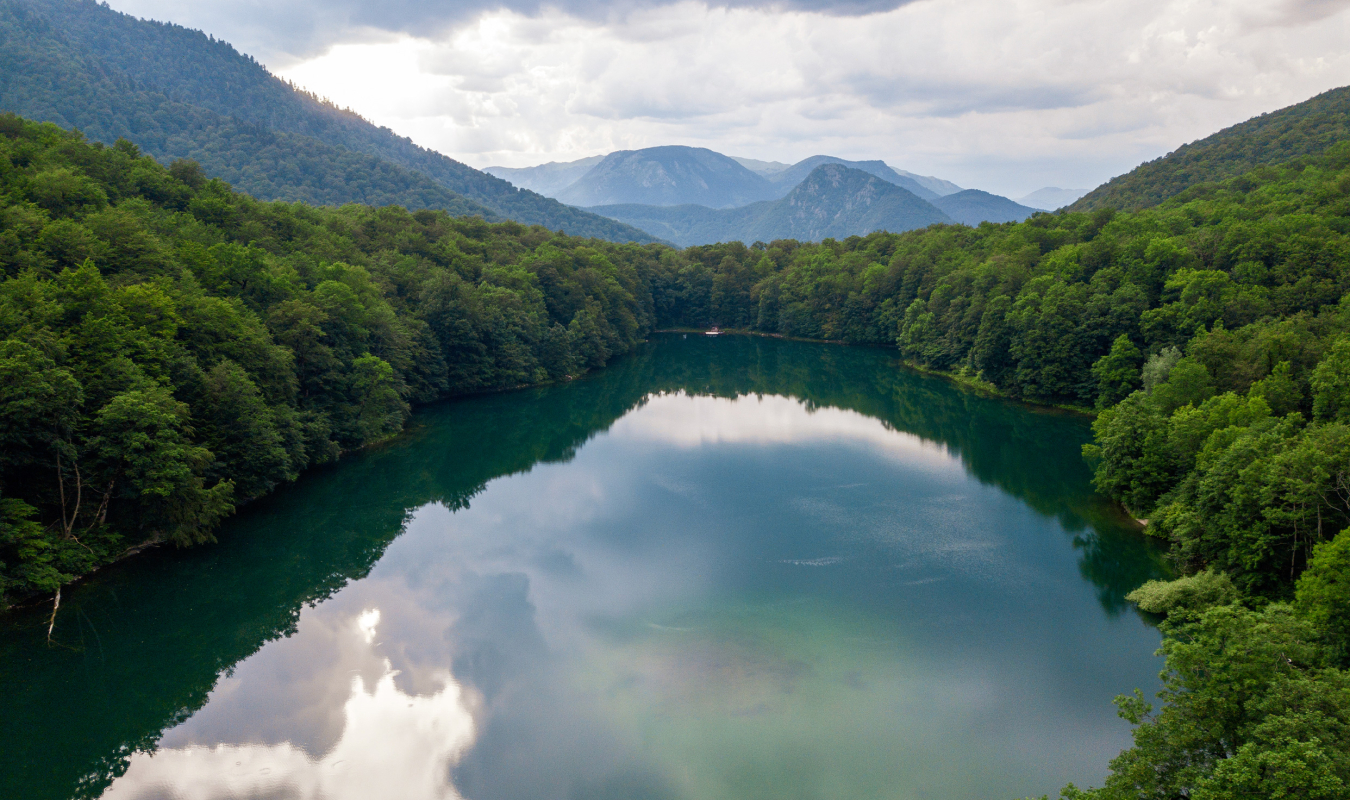
Black Lake is a lake in the municipality of Zabljak, in northern Montenegro. It is a glacial lake, located on the mountain Durmitor, at an altitude of 1416 m. It is located 3 km from the town of Zabljak. Black Lake lies at the foot of the peak Medjed and has an area of 0.515 km2. The lake consists of two smaller lakes, Big and Small Lakes. These two lakes are connected by a narrow stream and thus form two separate water bodies. The Great Lake has an area of 0.338 km2, a maximum depth of 24.5 m, a maximum length of 855 m and a maximum width of 615 m. The small lake has an area of 0.177 km2, a maximum depth of 49.1 m, a maximum length of 605 m and a maximum width of about 400...

Ski Resort Kolašin 1450 offers perfectly maintained trails for all skiers and boarders. Whether you are a beginner who, with the help of our instructors, starts your adventures on the snow or someone who is looking for a new challenge to test their skills, our ski resort offers you everything you need to enjoy the snow. BJELASICA AND KOLAŠIN - Breathtaking natural beauties. The impressive slopes of Bjelasica Mountain, Kolašin, Biogradska Gora National Park, as the tears of the clean rivers Tara and Morača, the nearby mountain lakes, are just a part of the unique natural resources for which this region is recognizable. Njegoš's mausoleum - In order to find yourself in the cradle of Monte...
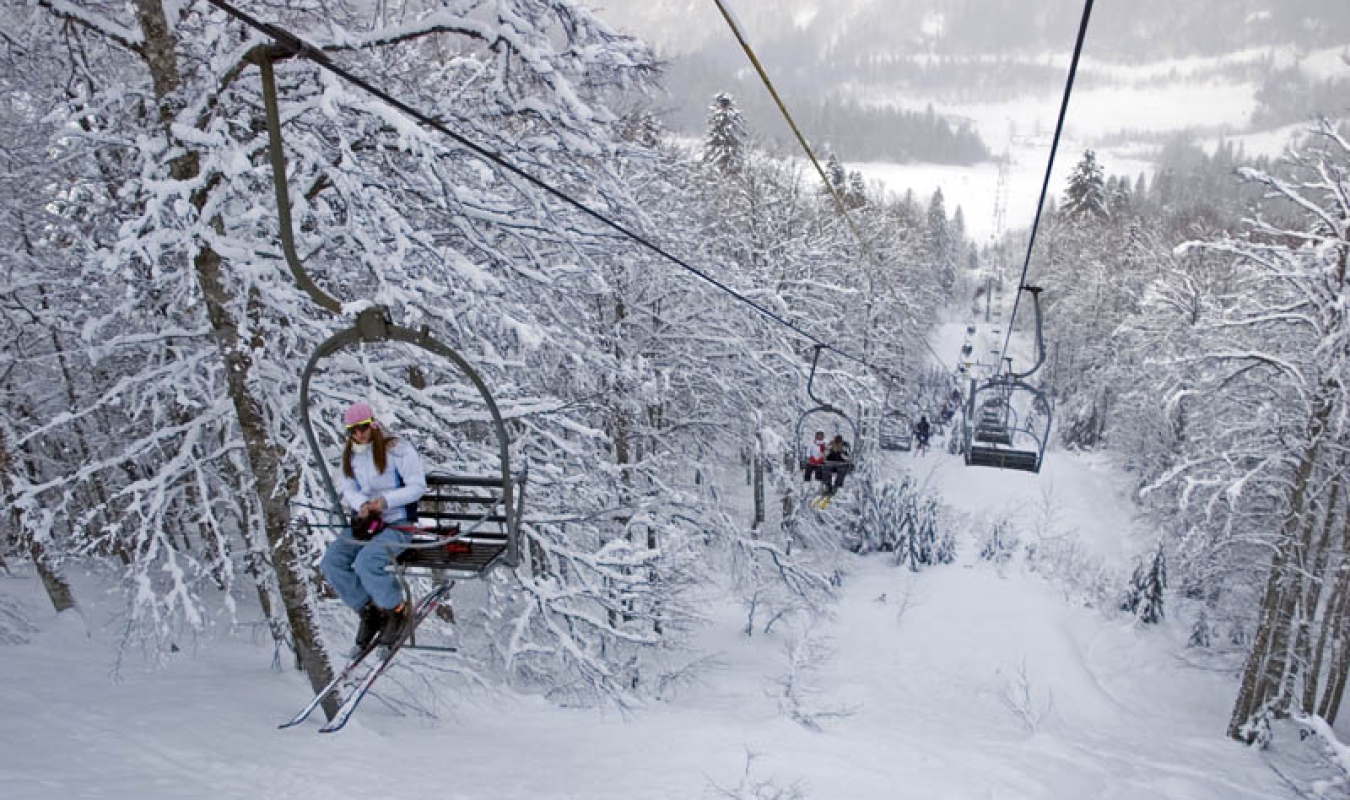
Strong city walls frame the historic city center, stretching along the edge of the hill of St. Ivan to its top, as the most prominent strategic point. The ramparts grew successively, in parallel with the expansion of the city. It is not known for sure when their construction began. The oldest parts are those along the northern gate to the river Škurda, and in the southwestern part by the sea. Their vertical structure was later, when firearms began to be used, reinforced with oblique buttresses on the outside. From the 15th century, Kotor became a border town, and due to the constant danger of Turkish attacks, the ramparts were widened and strengthened, the northern gate was built (1540), th...
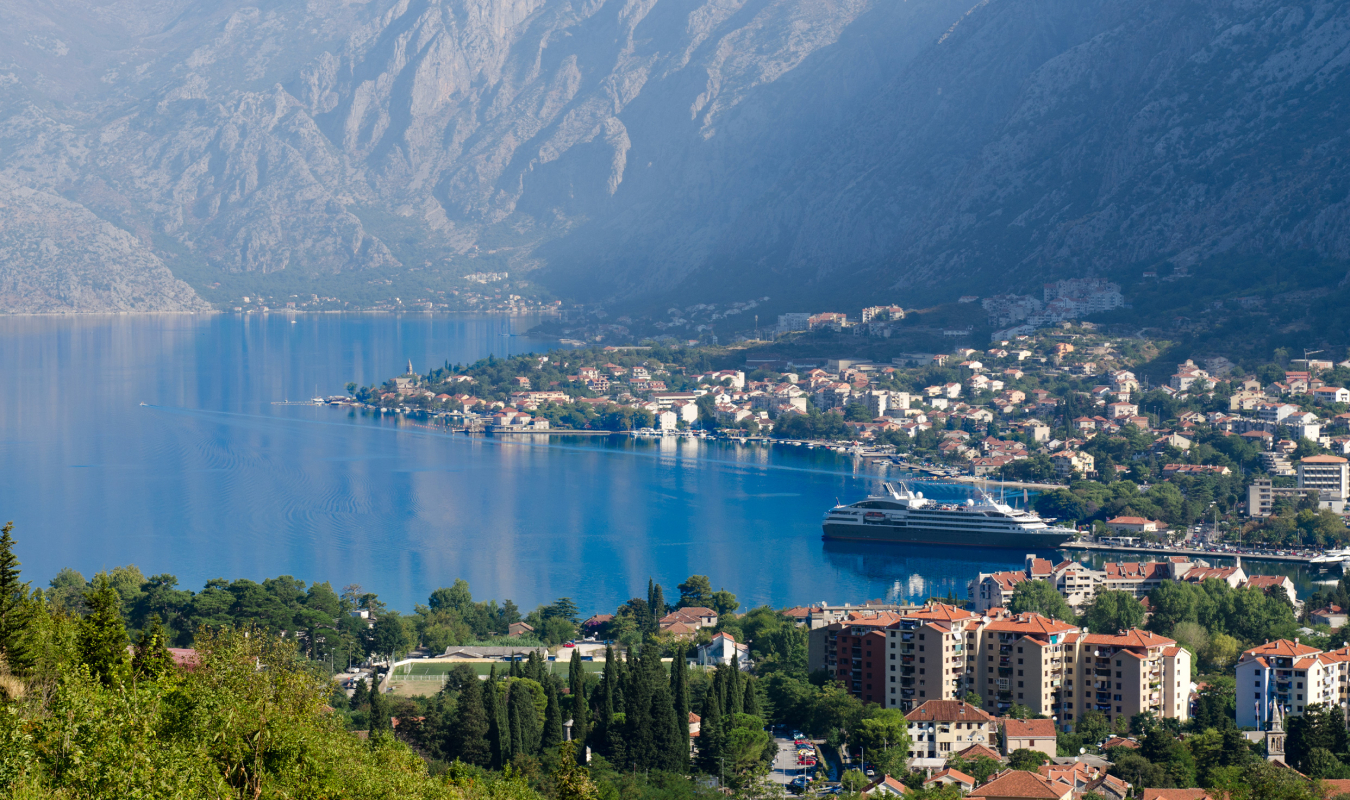
Zabljak is an island fortress in Skadar Lake near the mouth of the Moraca. It is assumed that Žabljak was founded during the 10th century, while the first known written testimonies about it date from the middle of the 15th century. It was in the possession of the noble family of Crnojević, so it was named after that. At the time when Zeta was part of the Serbian despotate, this fortification was under the rule of Stefan Lazarević and later Đurđe Branković. After that, it became the capital of Crnojević, until 1478, when it was occupied by the Ottomans. Crnojevic's frog was surrounded by strong walls with towers, and it had one gate. In the town, in addition to the Crnojević court, th...
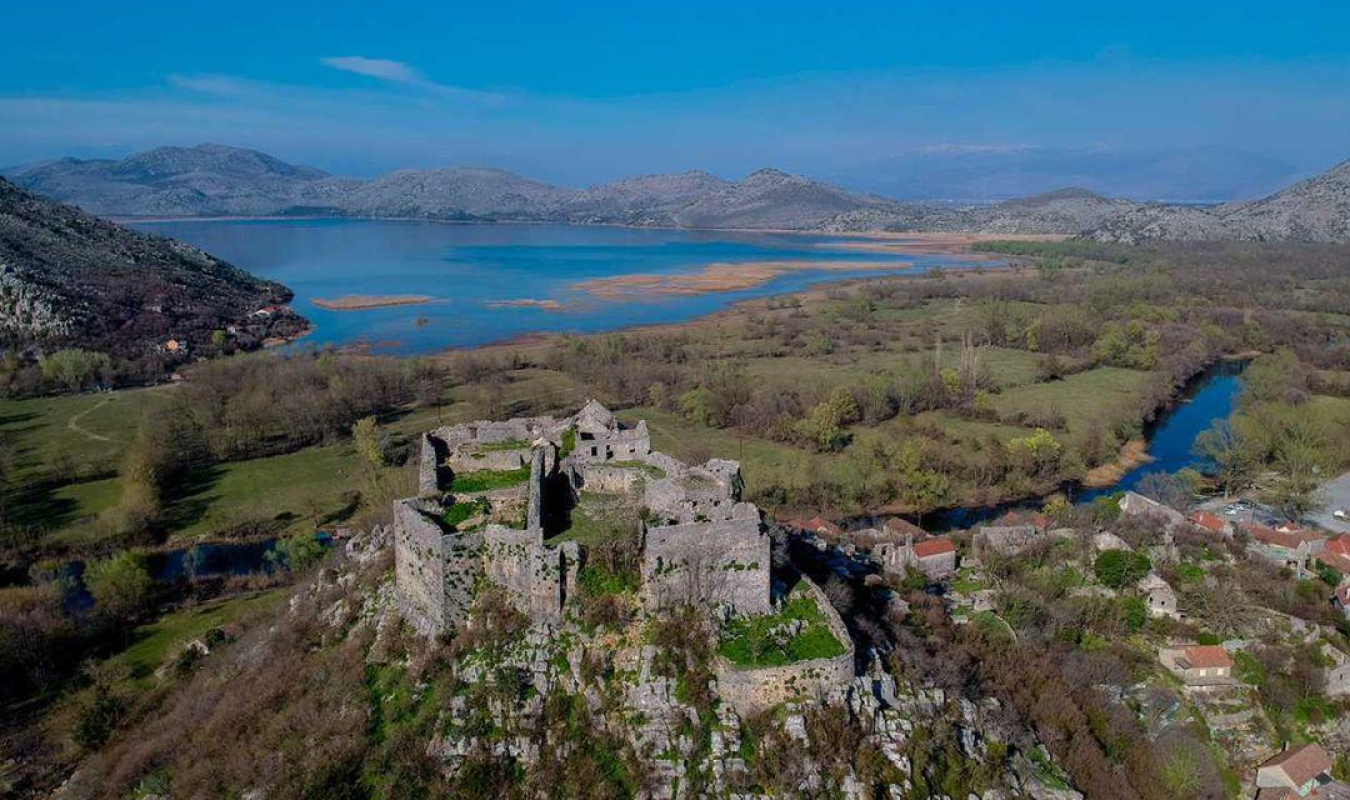
Mighty ramparts surround the Old Town of Ulcinj. The fortress is located on a high rocky cape on the Adriatic coast. In the eastern part of the city there is the castle of Kalaj, in the northern wing are the gates of the fortress, which were the only entrance to the city from the mainland. Archaeological and Ethnographic Museums operate in the Old Town. The dominant feature of the castle and the entire Old Town is the Balsić Tower, which houses an art gallery. Next to the tower is the building of the former Catholic Cathedral of the Virgin Mary, which in the medieval period housed the Episcopal Cathedral (today the cathedral houses the Archaeological Museum). On the south side of the Old To...
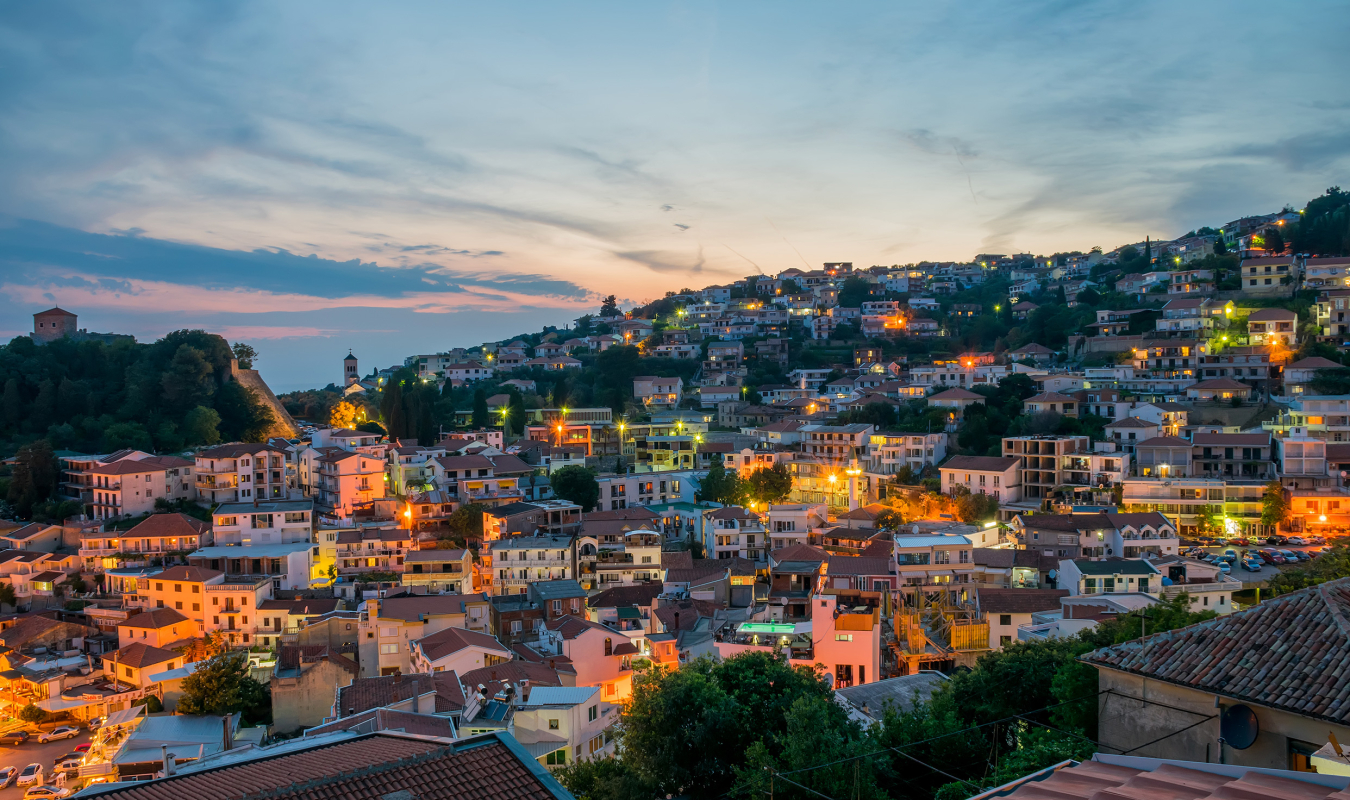
Ada Bojana was created, according to the legend, so that in the 17th or 19th century, after a storm, the sailing ship 'Merito' ran aground near two smaller islands. River sediment has been deposited for years on the wreck of this ship and two nearby islands, which first formed a reef and then an island. In time, this island divided the river Bojana into two branches. During the Cold War, Ada was a military zone with a strictly guarded border. Due to that, some parts of it have remained completely intact even today. Ada Bojana has the shape of a triangle. On one side it was flooded by the Adriatic Sea, and on the other two by the river Bojana. The beach facing the sea is sandy and is about 3 ...
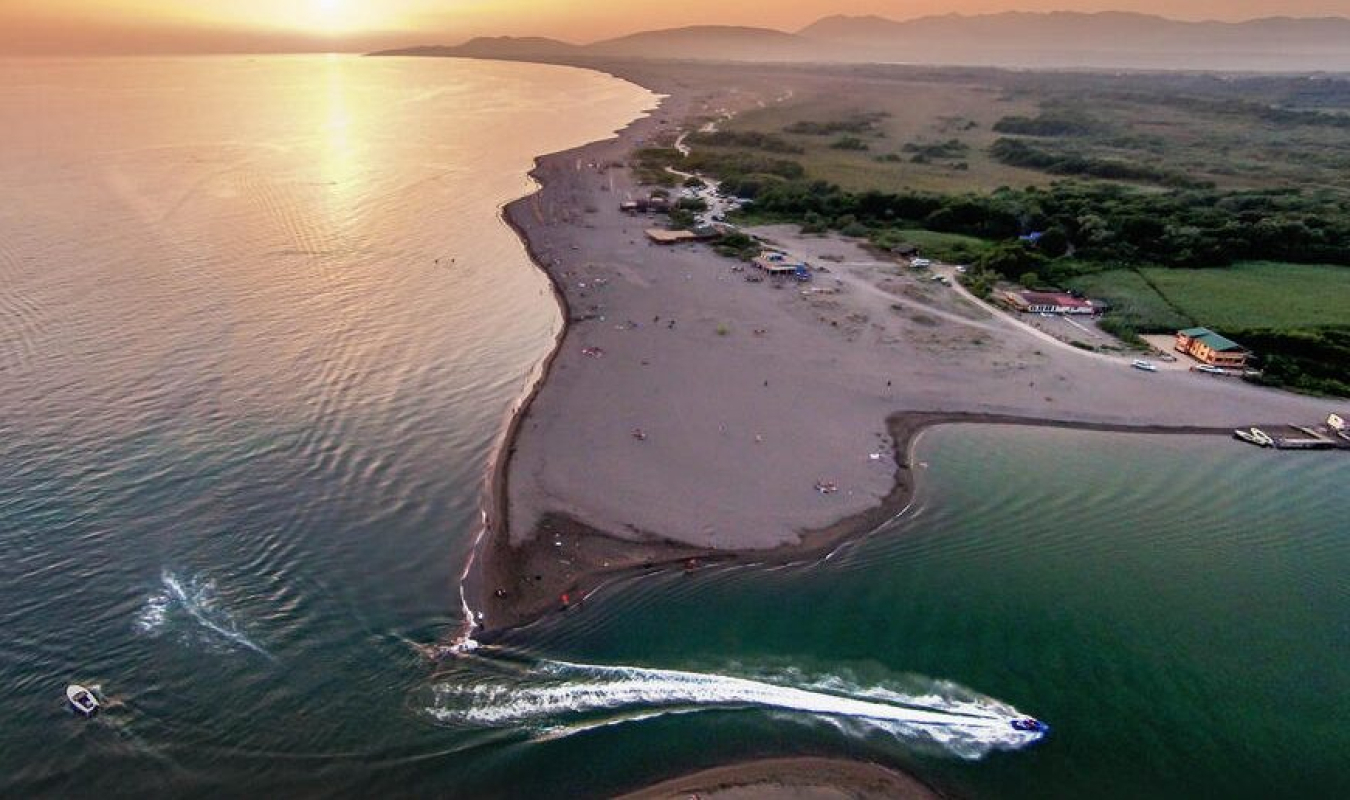
Today, many call the island the island of the dead because the people of Perast have been buried there for centuries. The story goes that it was also called the 'haunted island' because the Roman pope was officially cursed because of the horrible crime that happened to him. Mythical stories are woven and woven around this island.
The first archival mention of the church and monastery of St. George 'Sanctus Georgius de Gulfo' is from 1166, when John, abbot of St. George, attends the consecration of the new, second Romanesque church of St. Tripuna in Kotor. However, according to the findings of the ornamentation on the church, it is assumed that the Benedictines have lived there since the 9t...
